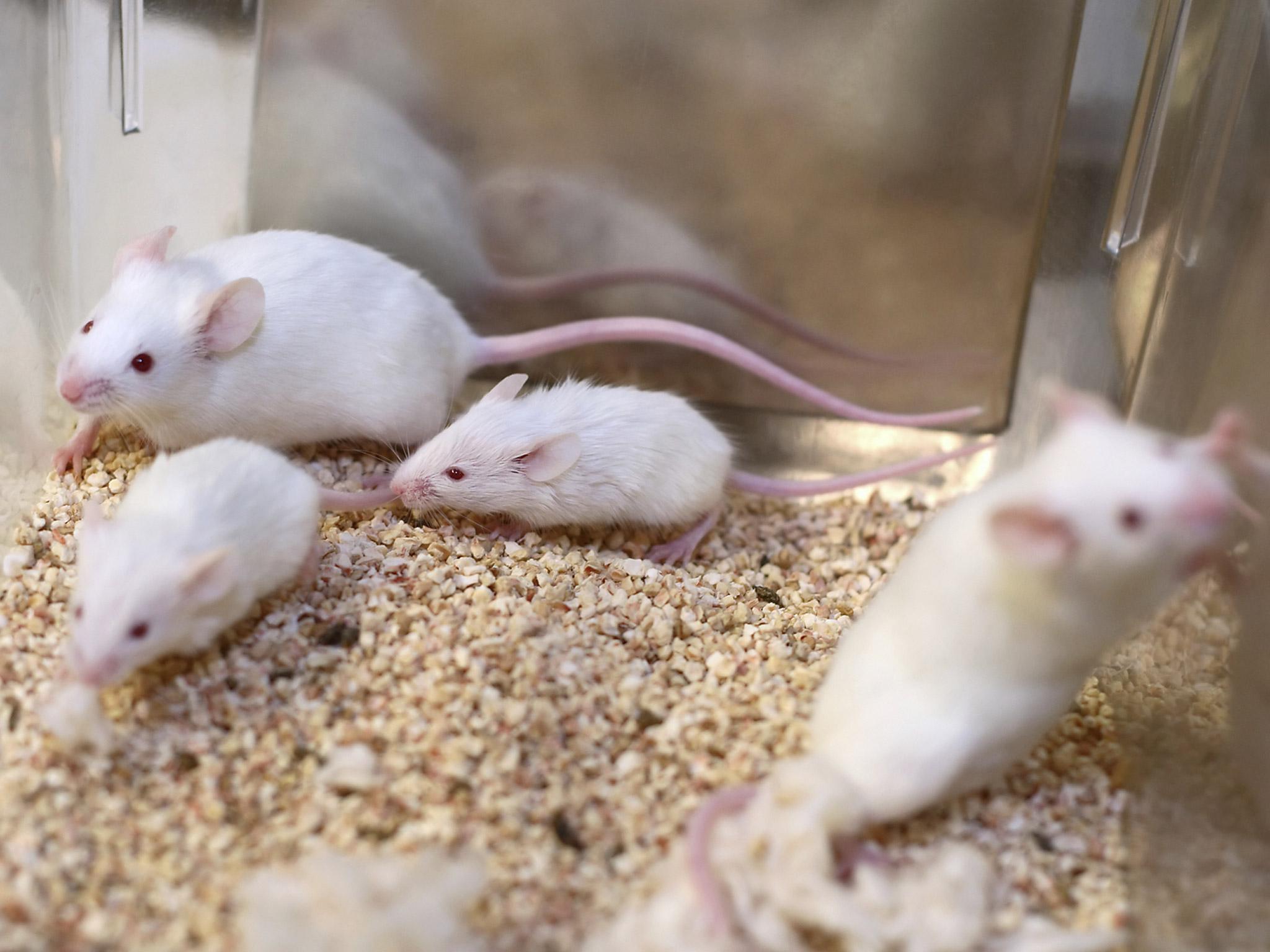Scientists hail 'promising cure' for HIV after study in mice
Researchers say more tests on animals are required but claim new study is a 'significant step' towards human trials

A “promising cure” for HIV and Aids has been discovered, according to scientists who managed to almost entirely eliminate the devastating immune disease from infected mice.
The researchers said they had demonstrated the “feasibility and efficiency” of removing the HIV-1 provirus using a gene-editing technique called Crispr.
They admitted there were still some practical problems to be overcome, but suggested their work was a “significant step” towards carrying out clinical trials of the technique on humans.
Writing in the journal Molecular Therapy, the scientists described how some of the mice had been “humanised” after being given some human immune cells.
In these animals, “successful proviral excision was detected … in the spleen, lungs, heart, colon, and brain after a single intravenous injection” of the gene-editing protein.
Apparent breakthroughs in animal models often encounter problems later in the process of developing a treatment for humans.
Nonetheless, the researchers, from Temple University and Pittsburgh University in the US, wrote in the journal that this type of genome editing “provides a promising cure for HIV-1/Aids”.
“Here, we demonstrate the feasibility and efficiency of excising the HIV-1 provirus in three different animal models,” they wrote.
“Excision of HIV-1 proviral DNA by [this method in a living animal] in solid tissues/organs can be achieved … [which is] a significant step toward human clinical trials.
“To our knowledge, this study is the first to demonstrate the effective excision of HIV-1 proviral DNA from the host genome in pre-clinical animal models [using this method].”
However, they added that “gene delivery efficiency … remains an obstacle to overcome” in a living animal.
The researchers told the Daily Mail that the next step would be to repeat the study in primates, described as a “more suitable animal model where HIV infection induces disease” before the “eventual goal” of human clinical trials.
Dr Wenhui Hu, of Temple University, told the Mail the new study built on earlier research but was “more comprehensive”.
“We confirmed the data from our previous work and have improved the efficiency of our gene-editing strategy,” Dr Hu said.
“We also show that the strategy is effective in two additional mouse models, one representing acute infection in mouse cells and the other representing chronic, or latent, infection in human cells.”
Professor Jonathan Ball, an expert in molecular virology at Nottingham University, told The Independent that gene editing was seen as a potential way to effectively cure people of the disease.
At the moment, drugs can stop HIV from replicating inside the body and producing Aids, but a latent reservoir of the virus remains.
This means that if the patient stops taking the drugs for whatever reason, they are likely to get the full-blown disease.
Professor Ball said the new study showed the technique “can effectively deliver the Crispr/Cas gene-editing machinery in order to target/excise HIV sequences”.
“They claim that by combining a number of the tools necessary for gene editing in a single delivery vector they have increased the efficiency of gene targeting,” he added.
“This undoubtedly shows promise but some big questions remain – how much of the latent reservoir do you need to target and will it work in humans?”
It is possible that reducing the dormant HIV to a low enough level would provide an effective cure – some HIV would remain but not enough to cause Aids.
But it could also be that HIV would have to be eradicated entirely from the body to prevent it from “bouncing back” after treatment was stopped, Professor Ball said.
“I’m pretty sure that these targeting approaches will be able to deplete at least some of the HIV reservoir, but at the moment I think most researchers in the field worry that it might not be enough to bring about cure,” he added.
Dr Nicola Patron, synthetic biology group leader at the Earlham Institute, said: “Retroviruses like HIV integrate a proviral DNA into the genome of the host cells during infection to enable replication.
"Although drugs currently used to treat HIV can suppress replication, they cannot remove the proviral DNA from the infected cell's genome.
"This work uses CRISPR/Cas9 genome editing technology to excise proviral DNA from infected human cells embedded in the tissues of experimental animals.
"If similar techniques can be made to work in primates and humans, it could potentially lead to a permanent cure.”
Join our commenting forum
Join thought-provoking conversations, follow other Independent readers and see their replies
Comments
Bookmark popover
Removed from bookmarks